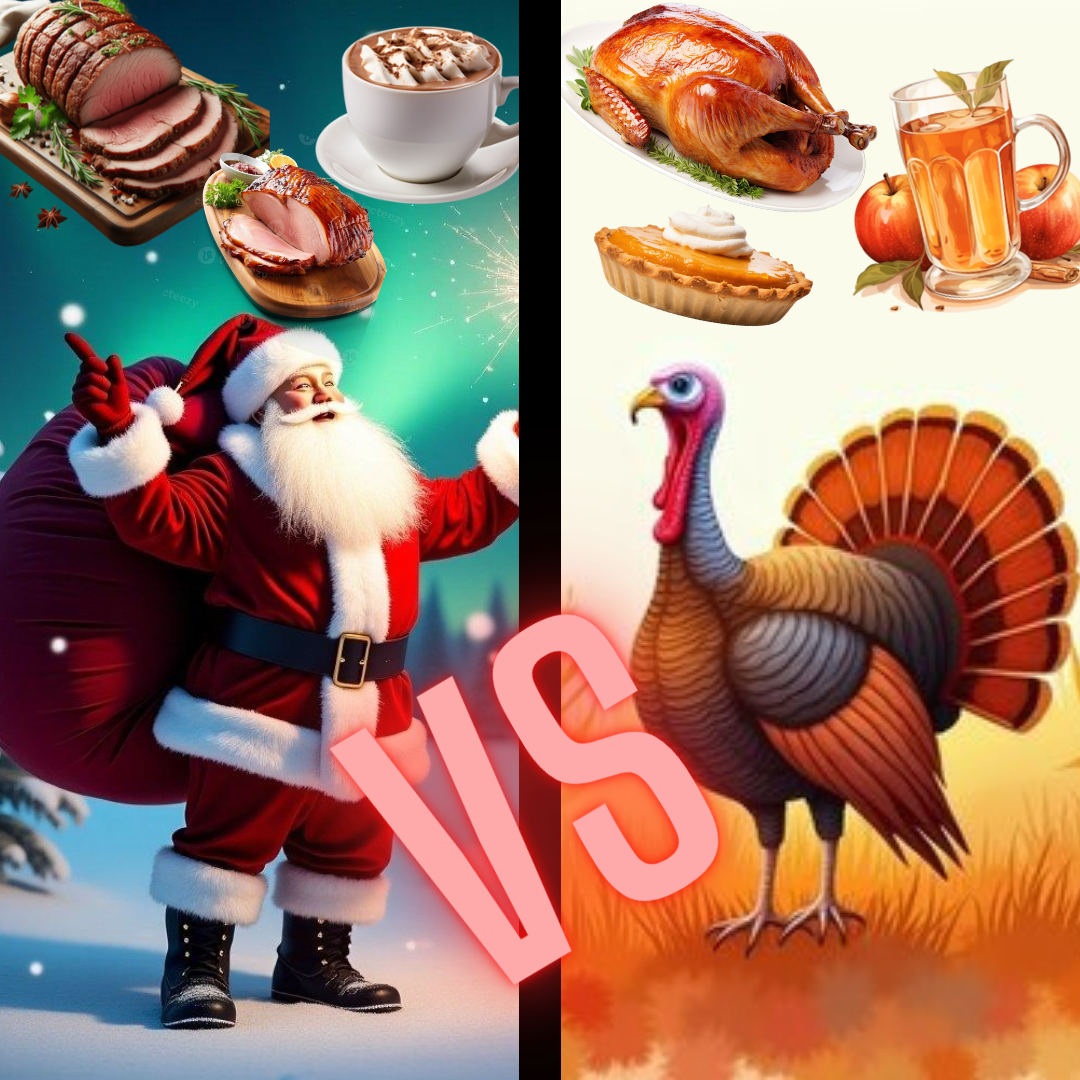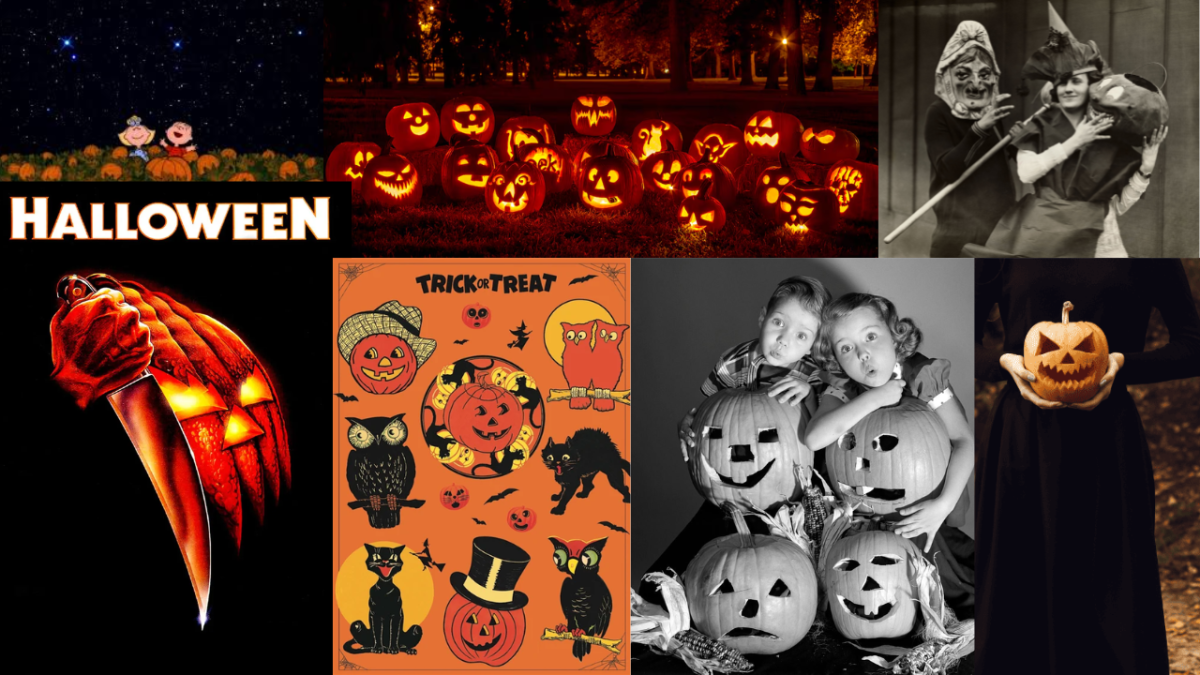When it comes to holiday meals, Thanksgiving and Christmas dinners are two of the most celebrated traditions in many households, yet they each have distinct characteristics that set them apart. There are many differences and similarities between the food served. whether it is the kind of protein, different sides, or even different festive beverages. From the main course to the sides and desserts, the foods and customs surrounding these two holidays reflect different cultural histories and values.
Thanksgiving is always on the last Thursday of November. It is a celebration of gratitude, marked by a meal that brings family and friends together around a table full of traditional comfort foods. It is known for football, gatherings, and most importantly, food. “The people in the United States spent an average of 91 minutes eating and drinking on Thanksgiving Day. This was 21 minutes greater than the time spent eating and drinking on average for six other major holidays and 21 more minutes than on an average weekend day” (USDA). The most well-known Thanksgiving food is probably turkey. Turkey is the most popular Thanksgiving main dish followed by ham (Fine Dining Lovers). “Everyone has their favorite Thanksgiving recipe, the one thing that the table isn’t complete without. Thanksgiving’s menu is deeply tied to American history and the harvest season, making it a unique and reflective holiday” (The Difference Between). “Most of the time, it’s all about the side dishes”, according to All Recipes.com, “The five most popular side dishes in America are green bean casserole, sweet potato casserole, cornbread, candied yams, and corn pudding.”
Christmas dinner is a festive and often elaborate meal that brings families together to celebrate the holiday season. Rooted in Christian traditions, it celebrates the birth of Jesus Christ and is marked by an atmosphere of joy, giving, and togetherness. “On Christmas days, people may consume up to 6000 calories, which is three times the recommended daily caloric intake” (National Institute of Health). “The meal itself varies widely depending on cultural and regional influences, but it generally features a variety of meats, such as prime rib, roast turkey, ham, prime rib, or even goose” (The Difference Between).
Both meals have a rich, festive feel with an emphasis on seasonal ingredients, family, and traditions. While the main dishes might vary where you live or based on personal preference, the overall setting of the meal and the types of foods served are quite similar. Both Christmas and Thanksgiving dinners have turkey and or ham as a protein. Green bean casserole, mashed potatoes, cornbread, and other foods are also eaten at both Christmas and Thanksgiving.
Christmas and Thanksgiving are similar but still very different. Thanksgiving is celebrated near the end of November and Christmas is celebrated at the end of December. Both meals celebrate important occasions, but Christmas dinner is more varied and may involve a larger range of meats and desserts, influenced by different traditions according to The Difference Between. The website also says, “Thanksgiving dinner, on the other hand, is more focused on turkey and traditional harvest-themed sides, with a strong emphasis on gratitude and family.” No matter what food your family chooses to celebrate on Thanksgiving or Christmas, everyone remembers it is a time spent with family and friends.









Ben • Jan 6, 2025 at 7:55 am
NICE!!!